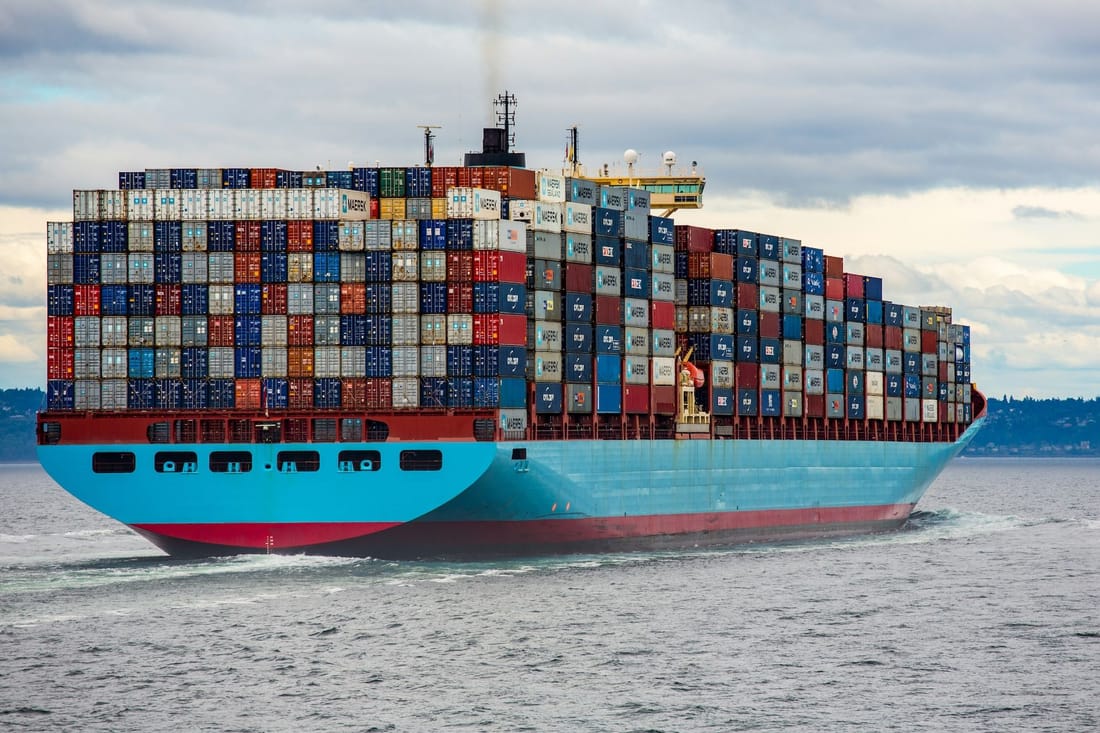As developers, we're always striving to create environments that mimic production settings as closely as possible. When deploying with a simple Docker Compose setup, you might be surprised at just how granularly you can manage resources. This is especially true when dealing with issues that only appear under heavy loads in production.
I recently encountered such an issue on a project I'd been working on. The problem only showed up in production, and it took me digging into Docker Compose resource limit specifications to find the solution. By tuning Docker resources and limiting them in specific ways, we were able to replicate the bug and finally fix it.
Docker Resources: Taming the Beast
Docker provides runtime options that allow you to fine-tune container running resources. By default, containers have no resource constraints, using as much of a given resource as the host's kernel scheduler allows. However, this can be problematic in production environments where resources are limited.
Fortunately, Docker offers ways to control how much memory or CPU a container can use by setting runtime configuration flags with the docker run command. The official documentation explores when and why you should set such limits, as well as the potential implications of doing so: Runtime options with Memory, CPUs, and GPUs | Docker Docs.
Dynamic Resource Management: The Power of docker update
But what about containers that are already running? Can we still tune their resources? Thankfully, the answer is yes. Docker's update command allows you to dynamically update container configuration and prevent containers from consuming too many resources on your host.
With a single command, you can place limits on a single container or multiple containers at once. Simply provide a space-separated list of container names or IDs.
Find out more here: docker container update | Docker Docs
Compose Resources: Orchestrating Constraints
When using Docker Compose as an orchestrator, you can specify resource constraints in the resources section of your Compose file. This allows you to configure physical resource constraints for your containers.
You can specify limits and reservations for resources such as memory, CPUs, and GPUs. These constraints are enforced by the platform, ensuring that containers don't consume more than their allocated share.
For example:
limits: The platform must prevent the container from allocating more.reservations: The platform must guarantee the container can allocate at least the configured amount.
You can read all the details on: Compose Deploy Specification | Docker Docs
Conclusion: A Cohesive Development Environment
Docker provides a powerful way to create development environments that closely mirror production settings. By leveraging Docker Compose and its resource management capabilities, you can ensure that your containers run efficiently and effectively.
Make sure to drop your email down here to get new articles as they are published!

